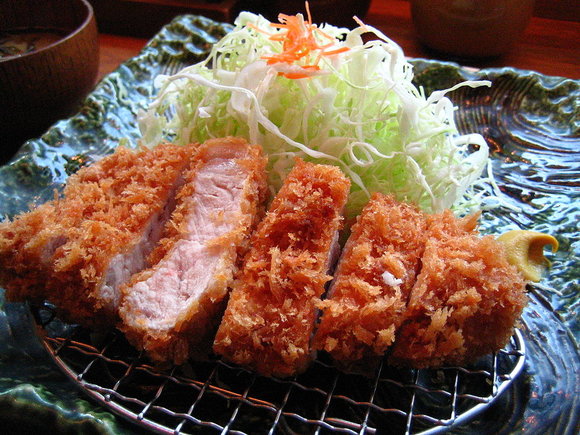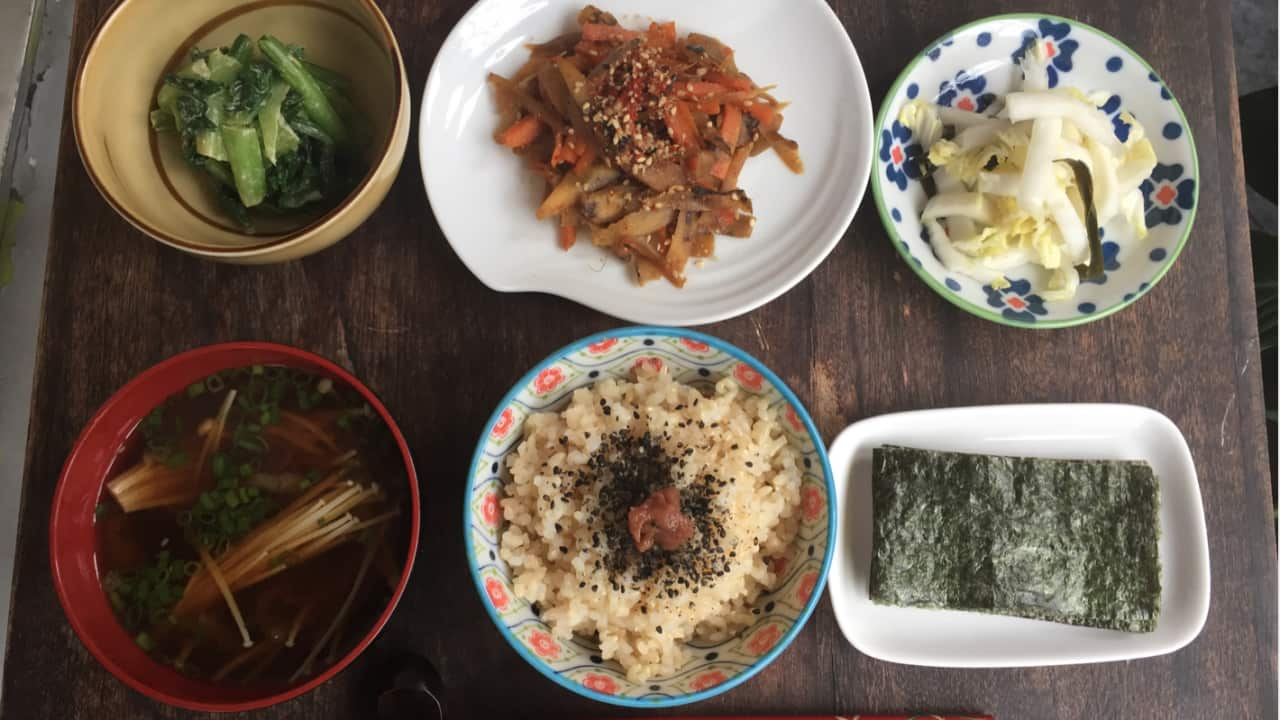Rinse & rePeat
Member
- Joined
- Mar 10, 2021
- Messages
- 21,516
"From ordinary meals at home to fine dining at restaurants, the portion sizes of standard Japanese meals are far below their Western counterparts. There's no such thing as up-sizing, no such thing as free soft drink re-fills and you're unlikely to be served plates of food so large they cause you to waddle out the front door. This, in part, explains why the Japanese are so slim despite having a diet high in refined carbohydrates like white rice."

 coach.nine.com.au
coach.nine.com.au

10 reasons why the Japanese have avoided the obesity crisis
Life in Japan is surprisingly conducive to being slim.








